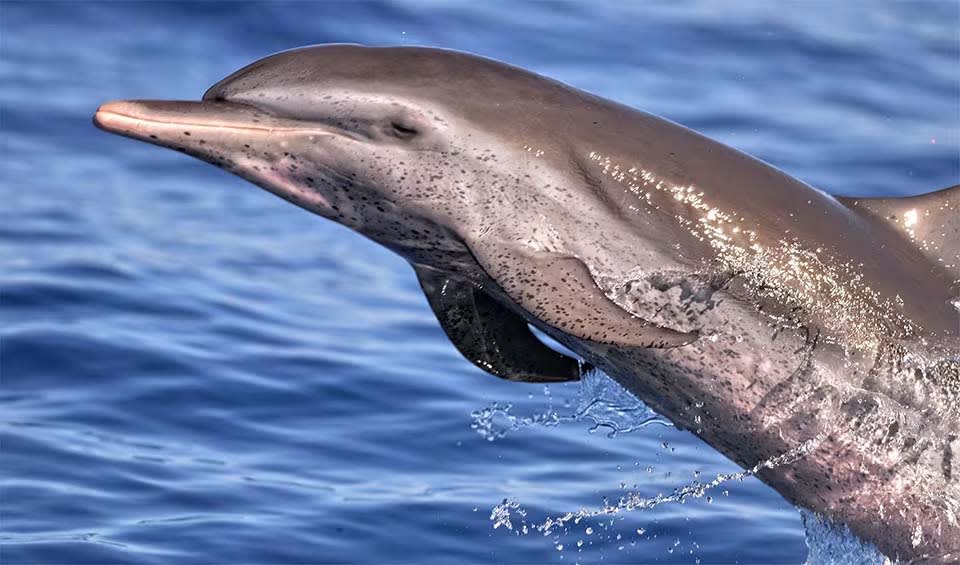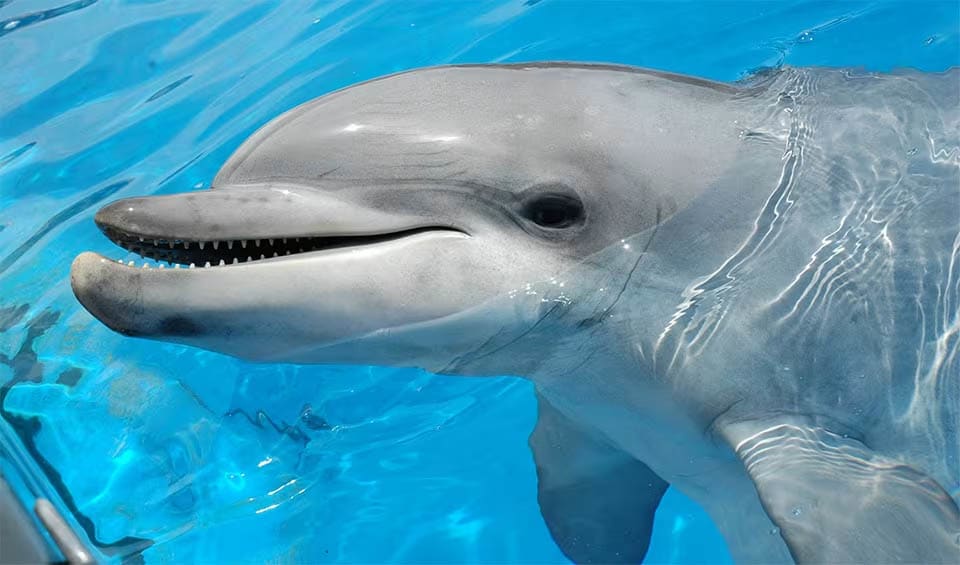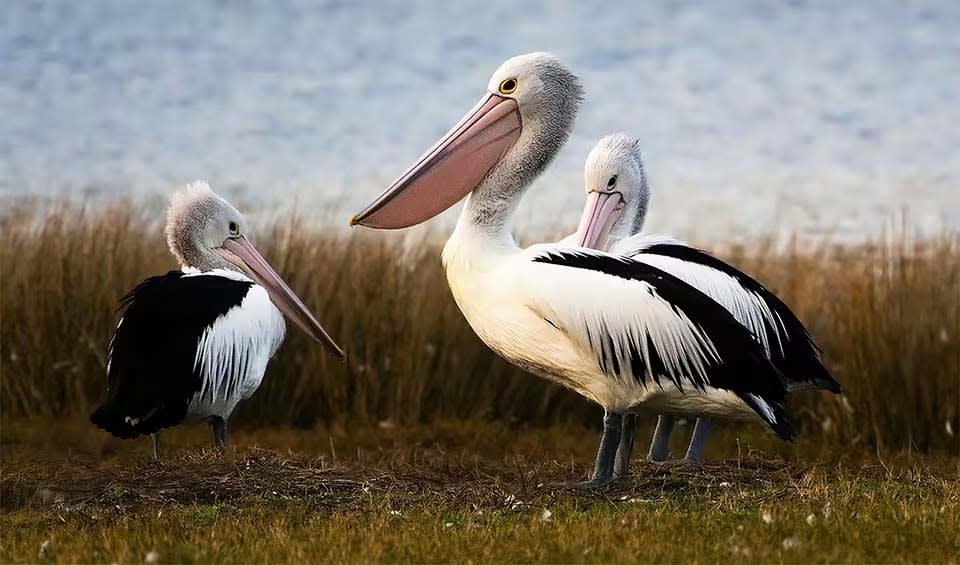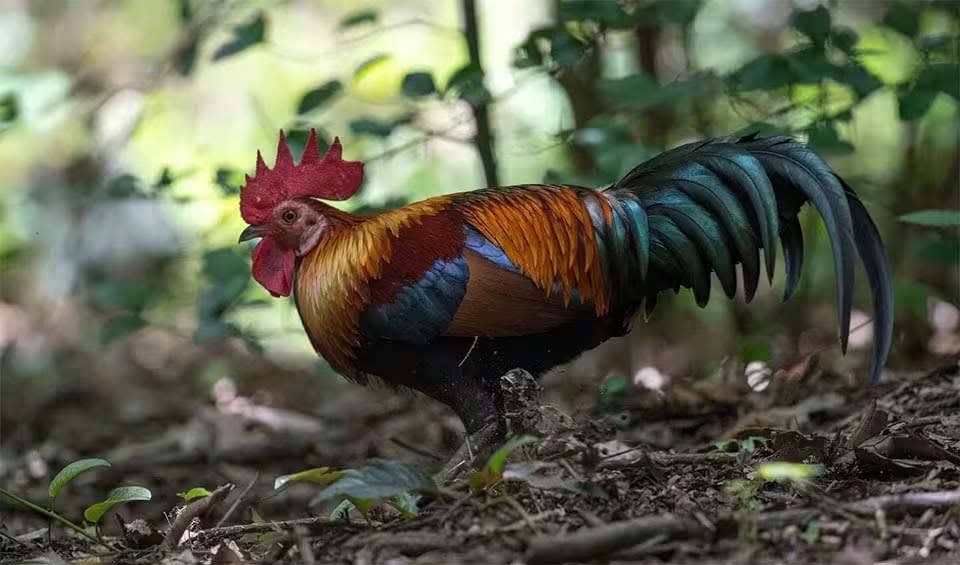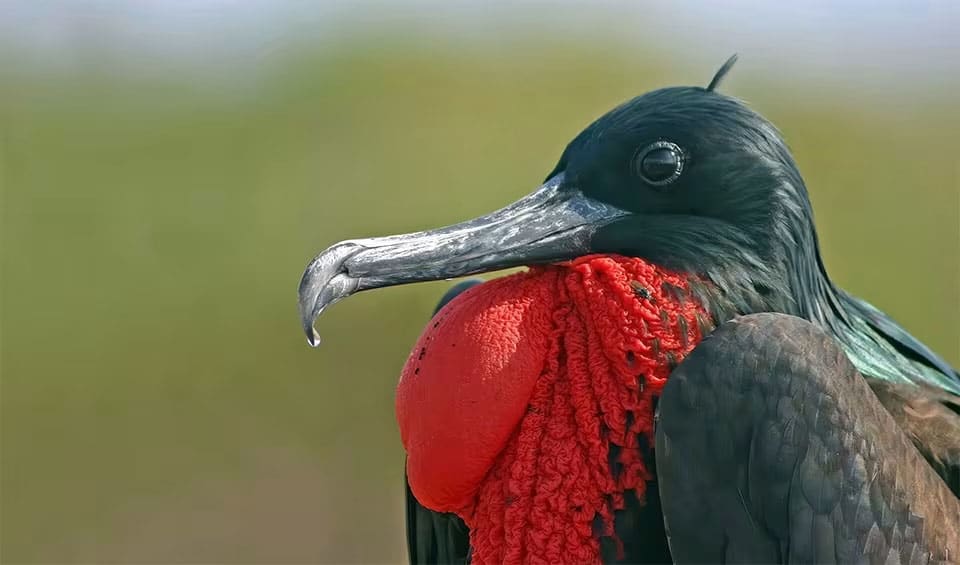Four pillars elaborated:
Nauru is a small oval-shaped island, covering 21 square kilometers (8.1 square miles), located in the southwestern Pacific Ocean, approximately 55.95 kilometers (34.77 miles) south of the Equator. The island is encircled by a fringing coral reef, which becomes visible at low tide and features numerous rocky pinnacles. This reef has made it difficult to establish a seaport, although there are channels in the reef that allow small boats to access the island. A narrow fertile strip of land, ranging from 150 to 300 meters (490 to 980 feet) wide, lies between the beach and the interior. Land Management
Land Management
Nauru was once one of three major phosphate rock islands in the Pacific, alongside Banaba (Ocean Island) in Kiribati and Makatea in French Polynesia. However, Nauru’s phosphate reserves are now nearly exhausted. Phosphate mining on the island’s central plateau has left behind a barren landscape of sharp limestone pinnacles, some as tall as 15 meters (49 feet). This extensive mining has devastated around 80% of Nauru’s land, rendering much of it uninhabitable. Additionally, the environmental damage has extended into the surrounding waters, with an estimated 40% of marine life killed due to silt and phosphate runoff.
Nauru’s biodiversity faces several significant threats, including the environmental degradation caused by phosphate mining and the limestone industry. Unsustainable population growth further exacerbates pressure on the island’s limited resources, while climate change poses an increasing risk to its fragile ecosystems. The over-exploitation of both land and marine resources has led to the depletion of species and habitats. Threats to Biodiversity
Threats to Biodiversity
Additionally, the introduction of invasive species has disrupted the native flora and fauna. The island also struggles with ineffective pollution control and solid waste management, which contribute to environmental damage. Lastly, the loss of traditional knowledge, which once helped manage and sustain local biodiversity, adds to the challenges in preserving Nauru’s natural environment.
Biodiversity has been included in recent policies related to other Rio Conventions, such as the National Action Plan (NAP) for desertification (UNCCD) and the National Adaptation Programme of Action (NAPA) for climate change (UNFCCC). Capacity and Governance
Capacity and Governance
In the past five years, eight major national and community projects that support Nauru’s biodiversity needs, as outlined in its National Biodiversity Strategy and Action Plan (NBSAP), have been carried out. These projects include the Rapid Biodiversity Assessment Project (2013), Grow and Green Project (2012-2014), Clean and Green Programme (2012-2014), Sustainable Land Management Project (2008-2011), Integrated Water Resources Management Project (2009-2014), National Rehabilitation Programme (1994-2014), Taiwan Technical Mission and the Department of Commerce, Industries and Environment’s Horticulture and Livestock Breeding Project (2012-2014), and the Community Coastal Fisheries Management Program (2012-2014).
Nauru’s Biodiversity Strategy & Action Plan highlights the condition of its biological resources and sets out measures to prevent their decline, with the goal of achieving sustainable development by 2030. The National Sustainable Development Strategy (NSDS) for 2019-2030 incorporates the Sustainable Development Goals (SDGs) into Nauru’s long-term environmental management vision. The government is committed to regularly assessing progress under the NSDS to ensure that biodiversity and environmental objectives are in line with the 2030 agenda. Future Trends
Future Trends
Biodiversity
Nauru’s range of plant and animal species is relatively limited, consisting of 56 native species and 125 naturalized species, with no endemic species of global significance. The island’s native biodiversity is generally low in terrestrial invertebrates, though it includes a high proportion of insects common across the Pacific and worldwide, with only a small number of insect and snail species unique to the island. A similar trend is observed in Nauru’s plant life.The diversity of marine invertebrates is also low, with only 79 species recorded recently. However, two species of giant clams (Tridacna maxima), previously thought to be locally extinct, have been rediscovered. Additionally, eight reptile species and 36 bird species have been documented on the island.
mammals
Pantropical spotted dolphin
A champion swimmer and a social butterfly of the warm seas
Common bottlenose dolphin
Known for their acrobatic leaps, twisting and turning gracefully as they jump completely out of the water
birds
White tern
Often called “Fairy Terns” or “Angel Terns” Because of their pure white plumage and graceful flight
Australian pelican
These birds have been recorded to fly at 3000 meters (9850 ft)
Red junglefowl
Native to Asia where they were first domesticated, the ancestors to all our chickens
National Animals
Great frigatebird
These birds spend weeks in the air and hunt, preen and even sleep while in flight
